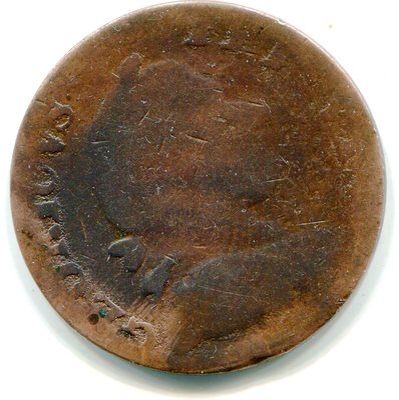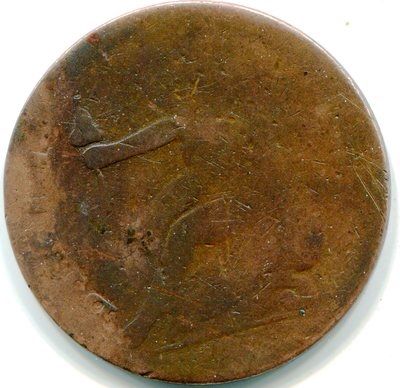Options
An Exciting NewP Tonite ~~Canadian Blacksmith Token~~and I Think I've found another Esoteric Series
You folks have followed me down some interesting and increasingLy obscure Numismatic pathways. And now tonight I am thinking I've found another series which is "right up my alley". I love the Vermonts. I've grown to like the Machins Mills issues.....and now Brave readers get ready for my next adventure...beginning with an eBay purchase (one of only two listed) my First baby step to the Frozen North....A Canadian Blacksmith Token. I know nothing of these at the moment but my curious mind will focus on them intently. So this is Wood 33. BL-37. Whatcha Think???? . this IS, as I understand, a high grade example
. this IS, as I understand, a high grade example 



0
Comments
<< <i>I know you could make a better one.
RMR: 'Wer, wenn ich schriee, hörte mich denn aus der Engel Ordnungen?'
CJ: 'No one!' [Ain't no angels in the coin biz]
<< <i>I know you could make a better one.
I thought the idea with the blacksmiths was to try to see if you could make a worse one.
(BTW, if you don't have it already, the Frederick Taylor auction catalog has a nice collection of Blacksmiths in it. They are some freaky weird items.)
Ed. S.
(EJS)
So you'll notice once you start arming yourself with some reference material that a good amount of HTT's are collected within the Canadian Blacksmith token series.
Mostly the Troy, NY issues by Benjamin True and the some of the Belleville, NJ HTT's issued by John Gibbs who also struck many of Canadian tokens during the same era.
As seen plated here
And more info here
Here's The Canadian Blacksmith Coppers by Howland Wood from the pages of "The Numismatist" April, 1910 .
From the Haxby Canadian Coins Guide Book: Emphasis mine.
"The so-called blacksmith tokens are a mixed group of designs that probably began in the early 19th century as imitations of heavily worn George II and George III halfpence then circulating in North America. The devices were left incomplete, and their freshly minted color was artificially darkened, to give the appearance of old, well-worn coins. Although their prototypes were official, these tokens were not strictly counterfeits, because they were not exact copies. The devices of the imitations usually faced the opposite direction compared to the originals, and they either lacked legends altogether or had incomplete and garbled wording." ... "With the passage of time the themes broadened from copies of British halfpence to popular private tokens. Others combined a traditional blacksmith die for one side and a degraded or discarded conventional die for some other token (e.g., a U.S. store card) for the other. Finally, some dies were of entirely new designs not easily traceable to any prototype."
The Haxby reference lists 12 pages of blacksmith tokens in grades from VG to VF, some unpriced, and with Wood and/or Lees numbers. You may find this useful. It is not a series I have explored, and I find no obvious match for your piece in the Haxby, although that is unsurprising given the facts above. Looks like a fun series with some challenges and pitfalls. Good luck!
Best Regards,
George
They must have circulated fairly extensively south of the border, as they would turn up in old estate auctions and collections in Ohio when I lived there.
When I bought out the remainders of a retired dealer/collector originally from New Hampshire, he had hundreds of them.
Most recently a dealer friend of mine got in a nice original mint state group of imitation Tiffin tokens found in a box in an attic in Connecticut, and I picked out
5 different varieties from this group. I wished I could buy unc US large cents and half cents for <$15 each!